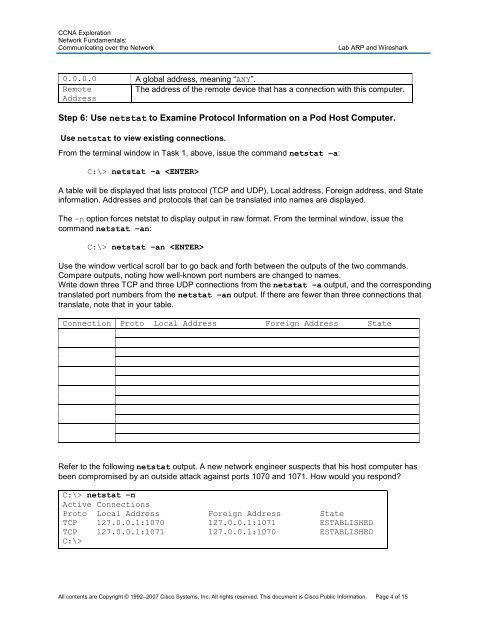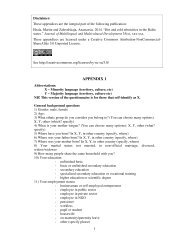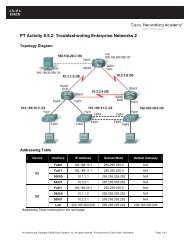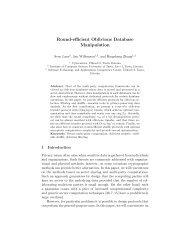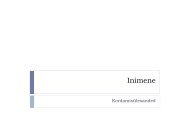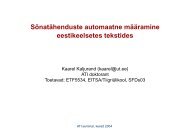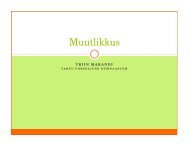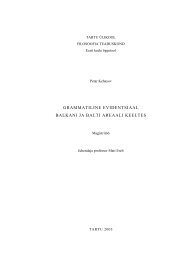Create successful ePaper yourself
Turn your PDF publications into a flip-book with our unique Google optimized e-Paper software.
CCNA Exploration<br />
Network Fundamentals:<br />
Communicating over the Network <strong>Lab</strong> <strong>ARP</strong> <strong>and</strong> <strong>Wireshark</strong><br />
0.0.0.0 A global address, meaning “ANY”.<br />
Remote<br />
Address<br />
The address of the remote device that has a connection with this computer.<br />
Step 6: Use <strong>netstat</strong> to Examine Protocol Information on a Pod Host Computer.<br />
Use <strong>netstat</strong> to view existing connections.<br />
From the terminal window in Task 1, above, issue the comm<strong>and</strong> <strong>netstat</strong> –a:<br />
C:\> <strong>netstat</strong> –a <br />
A table will be displayed that lists protocol (TCP <strong>and</strong> UDP), Local address, Foreign address, <strong>and</strong> State<br />
information. Addresses <strong>and</strong> protocols that can be translated into names are displayed.<br />
The –n option forces <strong>netstat</strong> to display output in raw format. From the terminal window, issue the<br />
comm<strong>and</strong> <strong>netstat</strong> –an:<br />
C:\> <strong>netstat</strong> –an <br />
Use the window vertical scroll bar to go back <strong>and</strong> forth between the outputs of the two comm<strong>and</strong>s.<br />
Compare outputs, noting how well-known port numbers are changed to names.<br />
Write down three TCP <strong>and</strong> three UDP connections from the <strong>netstat</strong> –a output, <strong>and</strong> the corresponding<br />
translated port numbers from the <strong>netstat</strong> –an output. If there are fewer than three connections that<br />
translate, note that in your table.<br />
Connection Proto Local Address Foreign Address State<br />
Refer to the following <strong>netstat</strong> output. A new network engineer suspects that his host computer has<br />
been compromised by an outside attack against ports 1070 <strong>and</strong> 1071. How would you respond?<br />
C:\> <strong>netstat</strong> –n<br />
Active Connections<br />
Proto Local Address Foreign Address State<br />
TCP 127.0.0.1:1070 127.0.0.1:1071 ESTABLISHED<br />
TCP 127.0.0.1:1071 127.0.0.1:1070 ESTABLISHED<br />
C:\><br />
All contents are Copyright © 1992–2007 Cisco Systems, Inc. All rights reserved. This document is Cisco Public Information. Page 4 of 15


